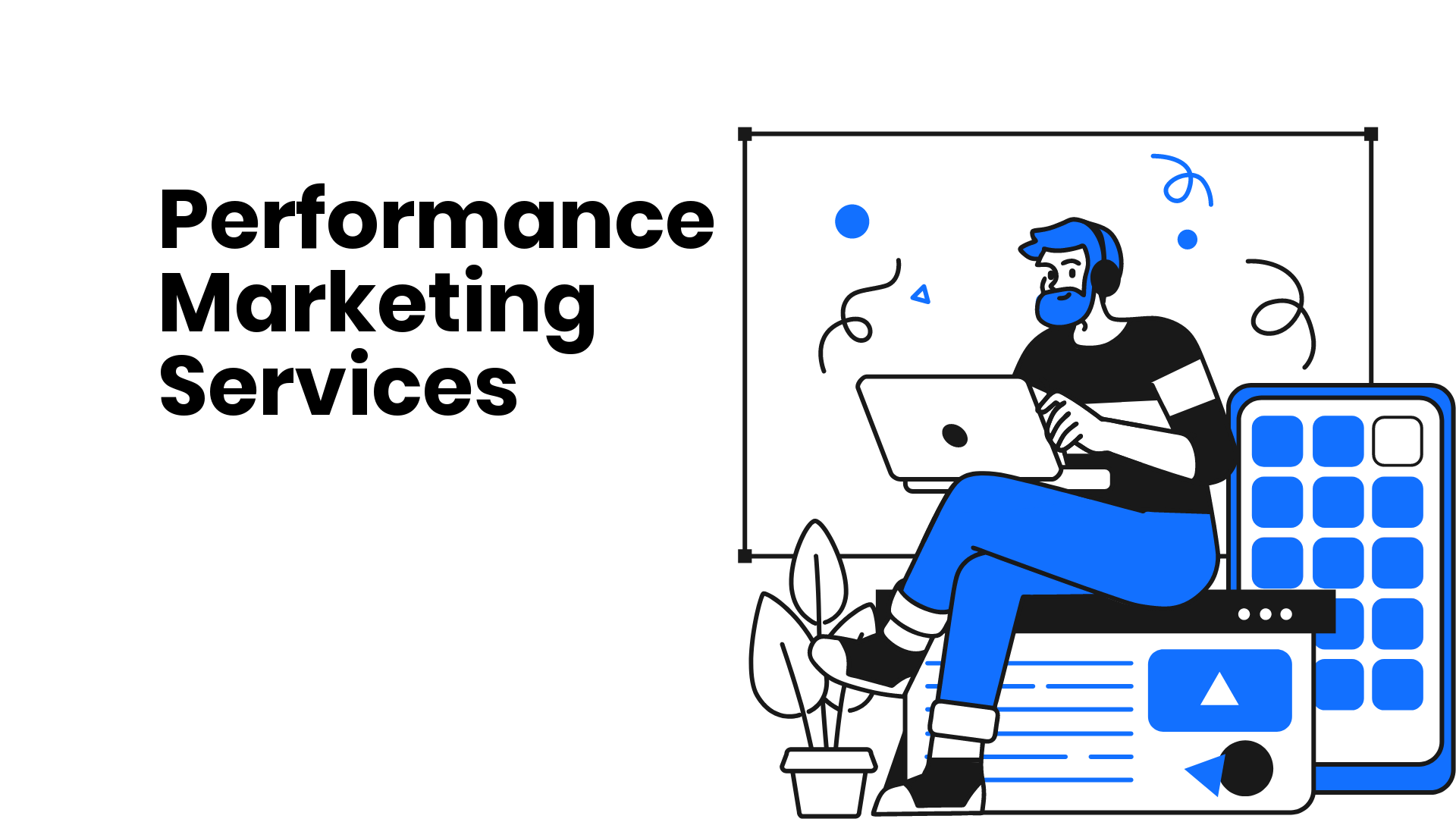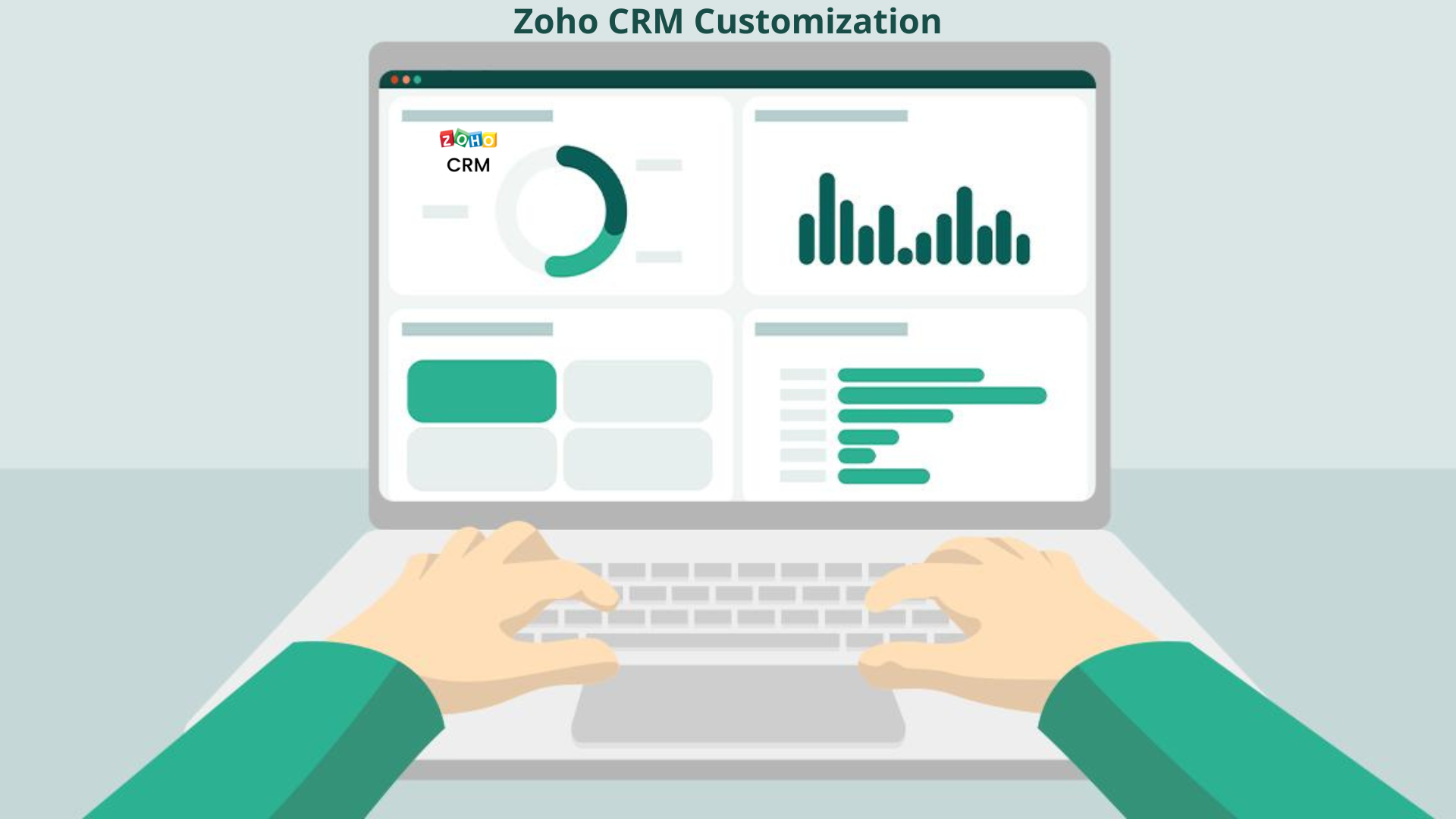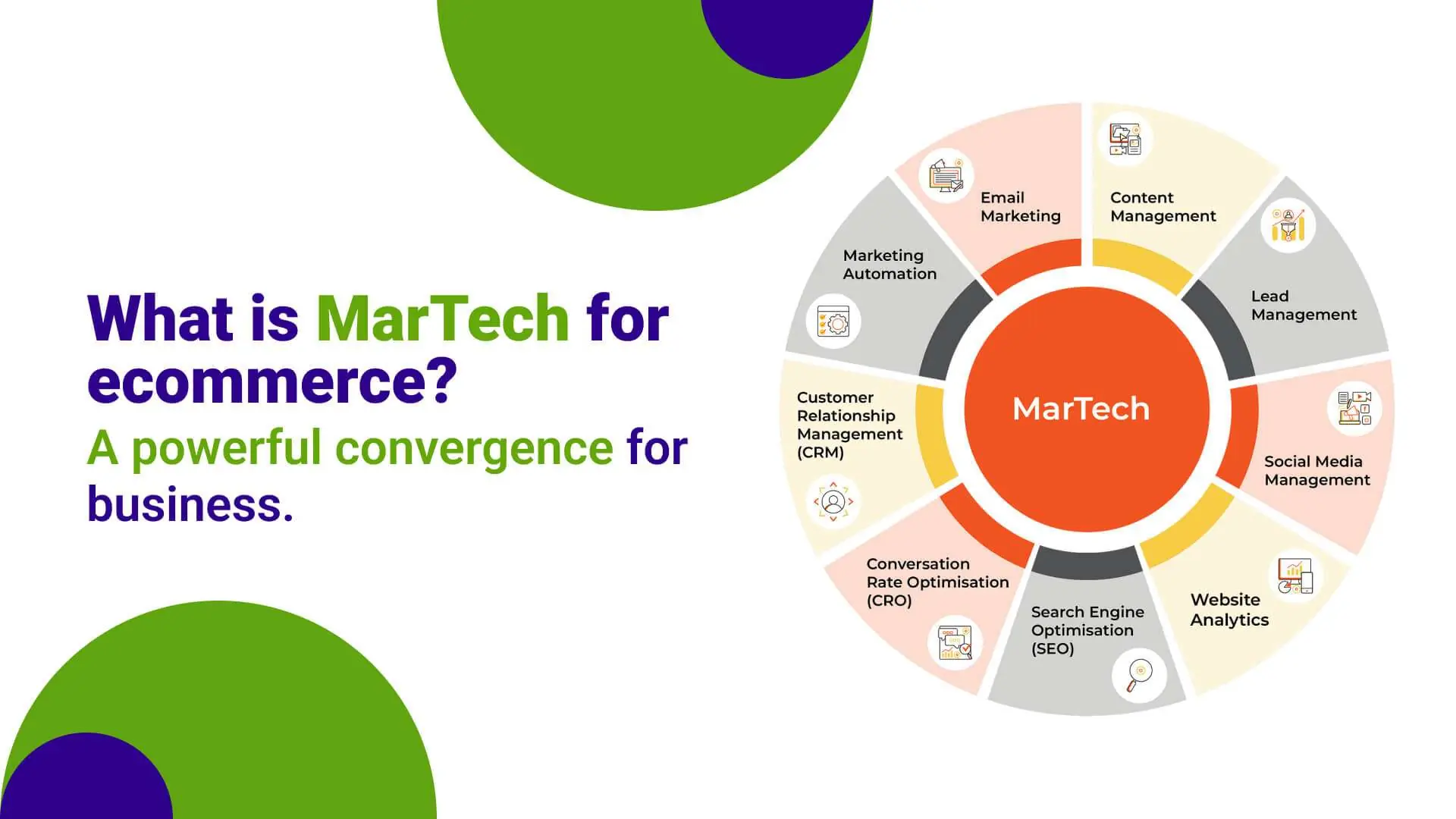Introducing WriteAI – Your Free AI-Powered Content Toolkit. This free suite of AI-powered marketing tools is designed to help you generate high-quality content in seconds. Whether you’re crafting catchy social captions, optimizing blog titles for search engines, rewriting content for clarity, or finding the perfect hashtags for Instagram—WriteAI simplifies the process. 🔧 What Tools Are […]









